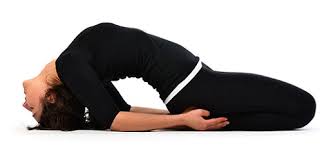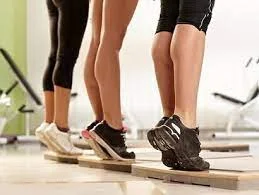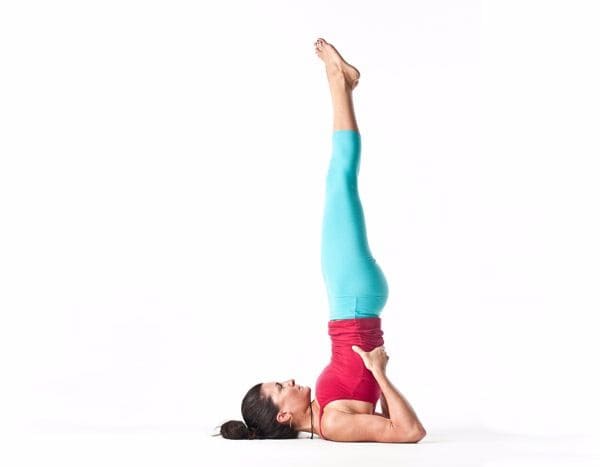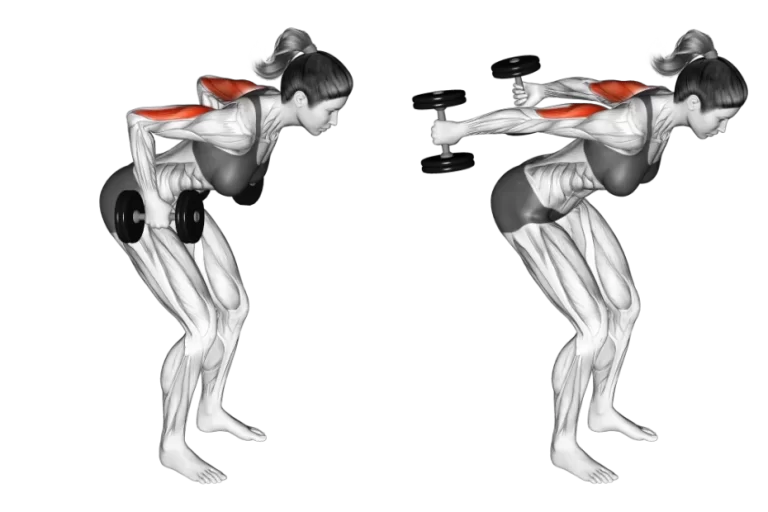Matsyasana – Yoga Position
Table of Contents
What is a Matsyasana?
Matsyasana, commonly known as Fish Pose, is a classic yoga asana that holds significant importance in both the physical and spiritual aspects of yoga practice. The name “Matsyasana” is derived from Sanskrit, where “Matsya” means “fish” and “asana” refers to “pose” or “posture.”
Matsya is also the name of an incarnation of the god, Vishnu, who manifested himself as a large fish in order to save the earth from a flood. As Matsya, Vishnu was able to carry wise Hindu sages to safety, thus preserving the wisdom of all of mankind.
How to do the Matsyasana step?
Begin Fish Pose (Matsyasana) by lying down in Savasana (Corpse Pose). Stretch your arms and legs out, relax your body, and take a few breaths here.
Bring your hands underneath the hips, palms facing down, and bend the arms at the elbows. Place the elbows on the floor close to your body.
Inhale and raise the entire upper body (from the lower back to the neck) slowly place the crown of the head on the floor and bend the head backward. Exhale completely here when placing the crown of the head on the floor.
Breathe out and push the elbows down into the floor, curve the body back and as you lower the top of the head onto the floor, arch the back raising the chest upwards.
The lower body (from the buttocks to the heels) should be close to the floor and not raised.
Using the abdominal muscles, take the torso deeper first upwards and then downwards, and ensure the weight of the body is not on your neck and head, but evenly distributed at the hips, elbows, and core.
Hold the pose for as long as it is comfortable, taking gentle long breaths in and out. Relax in this posture with every exhalation with eyes closed.
To release from Matsyasana or Fish Pose, gently raise the head up, lowering the chest and head to the floor, and bring the hands back along the sides of the body.
Ensure the head is at complete rest and the lower spine is close to the floor. Relax in Savasana (Corpse Pose) and take a few breaths here. When ready, go back into the pose again hold it for a longer time, and take the pose deeper with every exhalation.
Matsyasana video:
Benefits of Matsyasana
As it is complementary to Sarvangasana, it enhances all its benefits. It refreshes after heavy deskwork. Good for diabetes, asthma, cold, cough etc. Pituitary and pineal glands, located in the brain are stimulated and toned. Moods, emotions, and stress are regulated. If practiced with the cross-legged pose, it prevents loss of prana through the lower limbs.
Strengthens:
Muscles of the upper back, Back of the neck.
Stretches:
Navel, Throat, Psoas major muscle, Front of the neck, Muscles (intercostals) between the ribs.
Pose type:
Backbend, Chest opener.
Modification:
Palms Closer to Shoulder: Placing palms close to the shoulders is a good alternative to give support to the neck if one lacks confidence.
Blanket Underneath Head: Place a blanket underneath the head to give a gentler stretch to the lower back and neck.
Bolsters underneath Lower Shoulders: Place bolsters underneath your lower shoulders to take your head back with ease and still give the same stretch to the neck and shoulders.
Blanket under Hips: Place a blanket below your hip to reduce stress on the hips in Fish Pose (Matsyasana). This will ease the lower back too.
Contraindication of Matsyasana
Abnormal Blood Pressure: Individuals suffering from high or low blood pressure should avoid this posture.
Neck Injury:
Neck injuries or any part of the lower back or middle back can make it difficult to practice this Fish Pose and hence should be avoided.
Migraine:
Migraine patients may find this pose challenging but, if practiced, should be done slowly with the guidance of a yoga teacher.
Spondylitis:
Care should be taken if practiced by someone who is suffering from spondylitis. Preferably, it should be avoided if it is severe. But if spondylitis is in the initial stages then with the proper guidance of a yoga teacher Fish Pose (Matsyasana) can be practiced.
Pregnant:
Women who are pregnant should not attempt this yoga pose.
Tightness in Neck or Back: If at the time of practice of Matsyasana, one feels any kind of tightness around the lower neck and upper back, one should immediately stop doing the yoga pose and relax in Corpse Pose (Savasana).
General Heart Ailments: Since breathing in this yoga pose is deep, it may not be comfortable for someone suffering from heart ailments.







